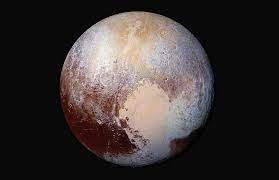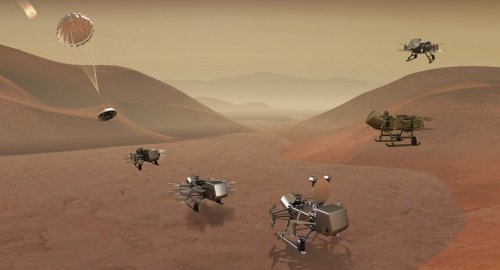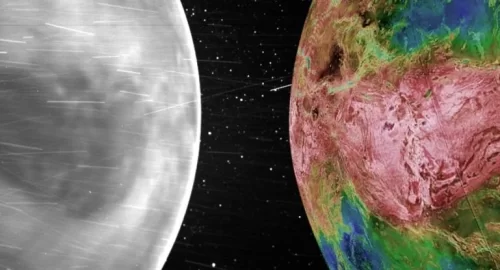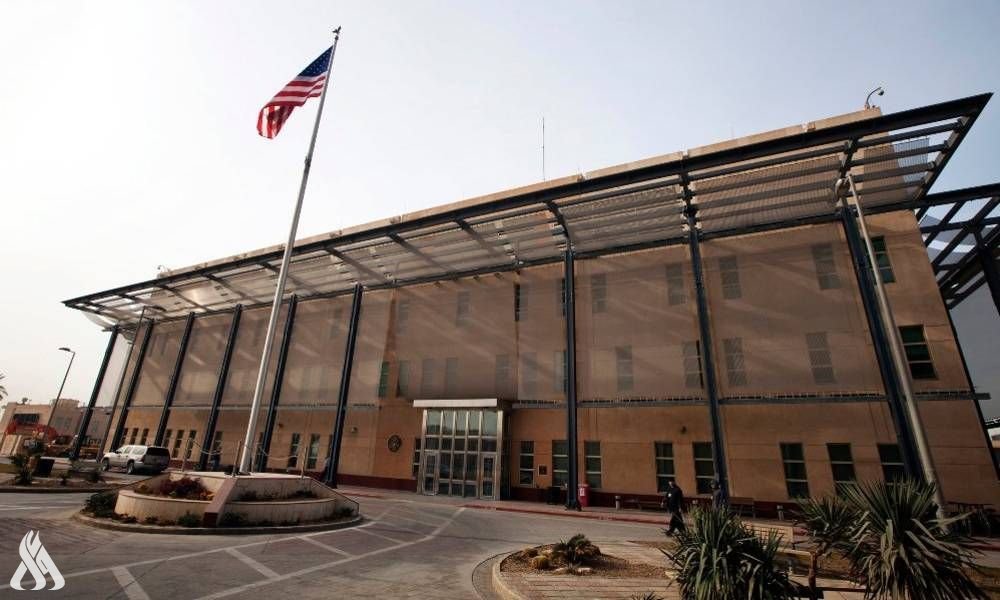
NASA Pluto Spacecraft Reveals Huge Ice Volcanoes on Dwarf Planet

- 30-03-2022, 09:23
INA- sources
Pluto, the not-a-full-planet dwarf planet, has used volcanoes to give itself a makeover on its surface. A team of scientists spotted evidence of relatively recent ice volcanoes on Pluto, advancing our understanding of the dwarf planet's surface-sculpting activities.
NASA's New Horizons mission sent back some fantastic views of Pluto during a 2015 flyby. The spacecraft's data suggested the presence of cryovolcanism (an icy version of our familiar hot Earth volcanism).
NASA had eyed a suspected Mauna Loa-size cryovolcano on Pluto called Wright Mons, saying "it would be the largest such feature discovered in the outer solar system" if confirmed. A study published in the journal Nature Communications on Tuesday suggests NASA's hunch was right. Planetary scientist Kelsi Singer of the Southwest Research Institute is lead author of the study.
Pluto's ice volcanoes are impressive, with some reaching 4.3 miles (7 kilometers) in height. They're found in an area with few impact craters, hinting the volcanoes spewed out slush that reshaped the surface relatively recently in the dwarf planet's history.
For ice volcanoes to work, they must have a heat source. "The existence of these massive features suggests Pluto's interior structure and evolution allows for either enhanced retention of heat or more heat overall than was anticipated before New Horizons, which permitted mobilization of water-ice-rich materials late in Pluto's history," the researchers wrote.
The team released a perspective view of the cryovolcanic region that gives us a good idea of what the area would look like if we were to send a camera down to get a bird's eye view.
Scientists have seen evidence of cryovolcanism in other parts of the solar system, notably on dwarf planet Ceres and Saturn's moon Titan. The study's authors say Pluto's ice volcanoes and distinct surface and atmospheric conditions make it "unique among the visited places in the solar system."
NASA pays tribute to Gagarin in honor of Cosmonautics Day
- Multimedia
- 10:12
White House: Talks with Iran were very positive and constructive
- International
- 09:40
US Embassy: Trade Mission of 60 Companies Visits Iraq
- politics
- 25/04/07
CBI unveils comprehensive reform plan to modernize banking sector
- Economy
- 25/04/07
Al-Sudani Meets Delegation from J.P. Morgan Bank
- politics
- 25/04/08












